In today’s eco-conscious world, managing waste efficiently has become more crucial than ever. Garbage compactors play a pivotal role in this endeavor, offering a sophisticated solution to reduce the volume of waste. This guide aims to unravel the complexities of garbage compactors, shedding light on their operation, benefits, types, maintenance requirements, and environmental impact. By understanding these aspects, individuals and businesses can make informed decisions, contributing to a cleaner, more sustainable environment.
Table of Contents:
– How garbage compactors work
– The benefits of using a garbage compactor
– Different types of garbage compactors
– Maintenance tips for your garbage compactor
– The environmental impact of garbage compactors
How garbage compactors work
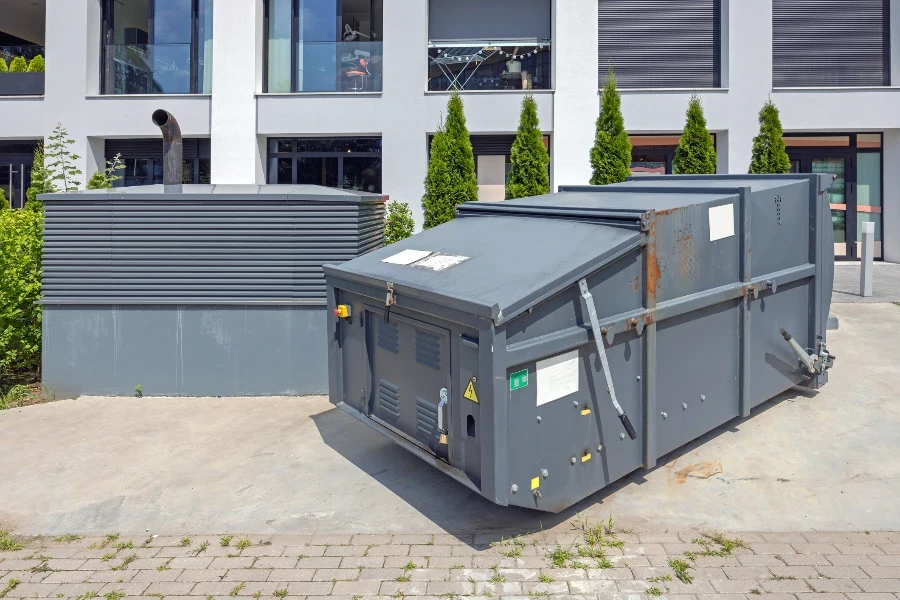
Garbage compactors are fascinating machines designed to minimize the volume of waste. At their core, these devices use a metal ram to compress garbage, reducing its size significantly. This process begins with the loading of waste into the compactor’s chamber. Once the door is sealed, the compactor’s ram moves forward, exerting a high level of pressure. This pressure crushes the waste, compacting it into a smaller, more manageable form. The compacted waste is then either tied up as a bale or pushed into a container, ready for disposal or recycling.
Understanding the mechanics behind garbage compactors is essential for maximizing their efficiency. The amount of pressure applied, the speed of the compaction process, and the size of the compactor itself can vary, affecting the overall performance. These factors play a crucial role in determining the types of waste that can be compacted, from everyday household garbage to industrial waste.
The technology behind garbage compactors continues to evolve, with newer models featuring advanced systems for better performance and ease of use. For instance, some compactors come equipped with sensors that detect the optimal time to start the compaction process, thereby enhancing efficiency and reducing energy consumption.
The benefits of using a garbage compactor
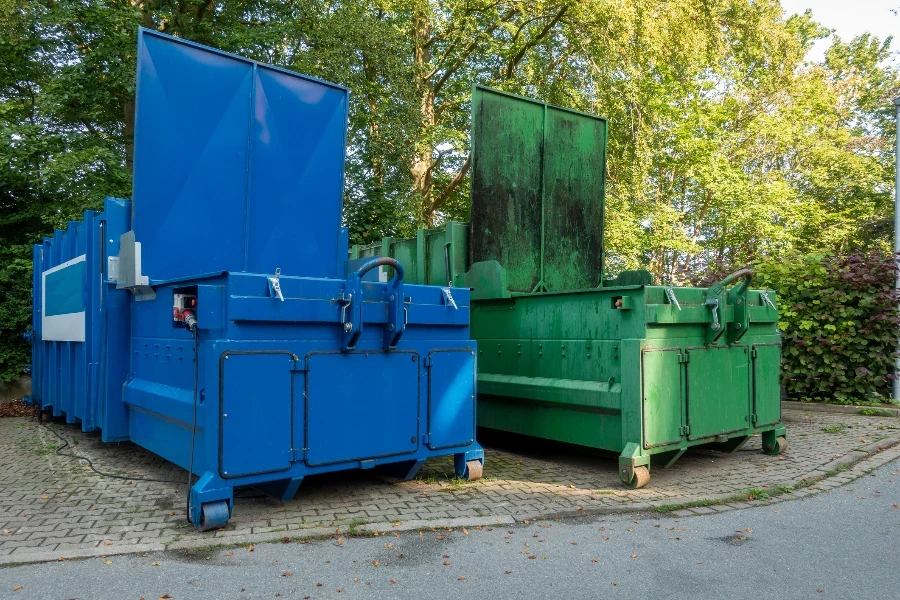
Garbage compactors offer numerous advantages, making them an invaluable asset for both residential and commercial settings. Firstly, they significantly reduce the volume of waste, which translates to fewer trips to the disposal site and lower transportation costs. This reduction in waste volume also means that less space is needed to store trash, freeing up valuable real estate.
Moreover, compactors help in maintaining a cleaner and more hygienic environment. By compacting the garbage, they minimize the likelihood of pests and odors, which are common issues with unattended waste. This aspect is particularly beneficial in settings where hygiene and cleanliness are paramount, such as in food processing plants or healthcare facilities.
Another notable benefit is the positive environmental impact. By reducing the volume of waste, garbage compactors contribute to less landfill space being used. This, combined with the potential for easier recycling due to compacted materials being more manageable, supports sustainability efforts and promotes a greener planet.
Different types of garbage compactors
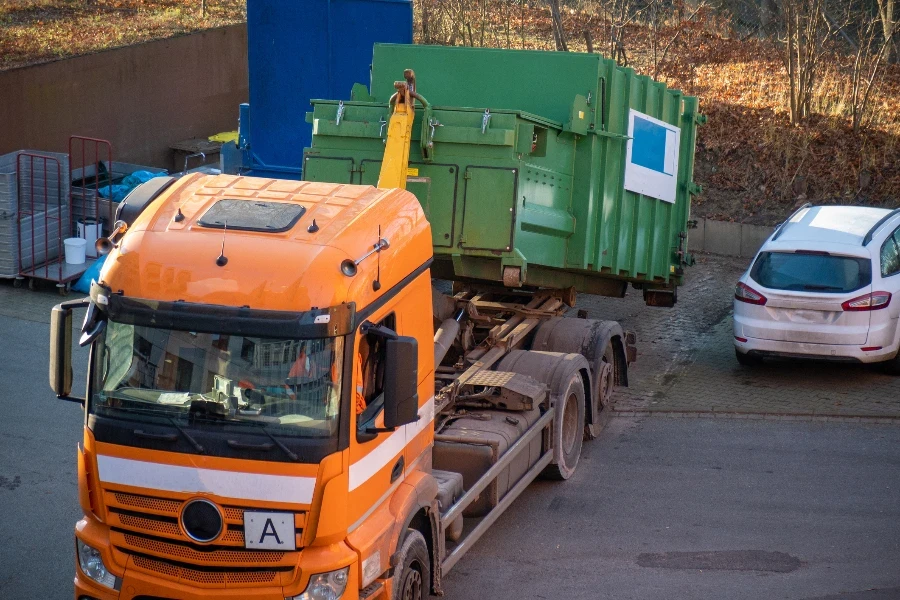
The market offers a variety of garbage compactors, each designed to meet specific needs. Stationary compactors are commonly used in industrial and commercial settings, where large volumes of waste are generated. These units are permanently fixed and typically handle dry waste like cardboard and plastics.
On the other hand, self-contained compactors are designed for wet waste, making them ideal for restaurants, hospitals, and supermarkets. These compactors combine the compaction unit and the storage container in a single system, preventing liquid leakage and odors.
Portable compactors are another option, offering flexibility and convenience for locations where waste volume varies or where space is at a premium. These compactors can be moved as needed, providing a versatile solution for waste management.
Understanding the different types of garbage compactors available is crucial for selecting the right one. Factors such as the type of waste, volume, and available space will influence this decision, ensuring efficient waste management tailored to specific requirements.
Maintenance tips for your garbage compactor
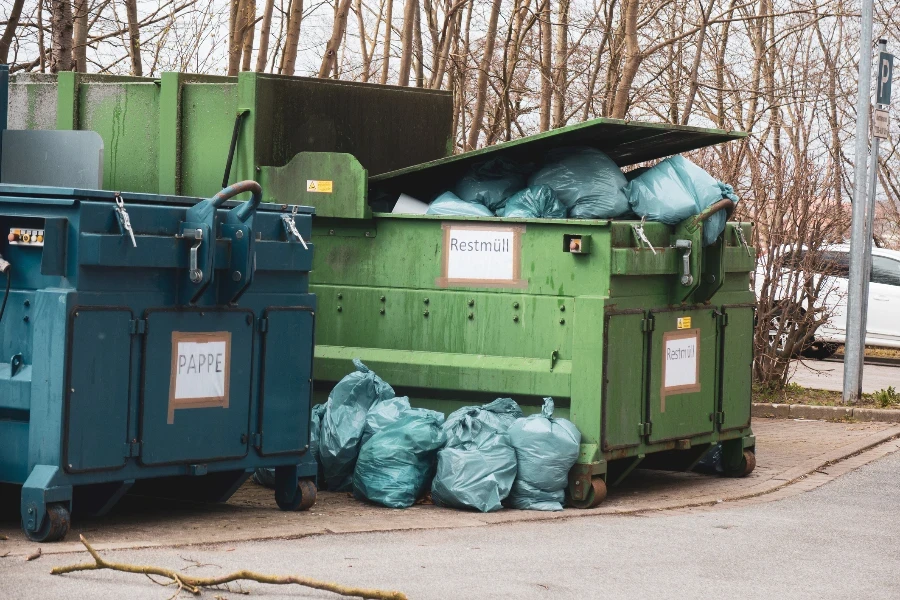
Proper maintenance is key to ensuring the longevity and efficiency of a garbage compactor. Regular inspections can identify potential issues before they escalate, preventing costly repairs. It’s important to check the compactor’s moving parts, such as the ram and hinges, for signs of wear and tear. Lubricating these components can reduce friction, enhancing performance and extending the machine’s lifespan.
Cleaning the compactor regularly is also vital. Accumulated waste can hinder the compactor’s operation and attract pests. A thorough cleaning schedule, including wiping down the interior and exterior and removing any debris, will maintain the compactor’s hygiene and functionality.
Additionally, monitoring the compactor for unusual noises or vibrations can help detect malfunctions early. Consulting the user manual and seeking professional assistance when necessary can prevent further damage and ensure the compactor operates safely and effectively.
The environmental impact of garbage compactors
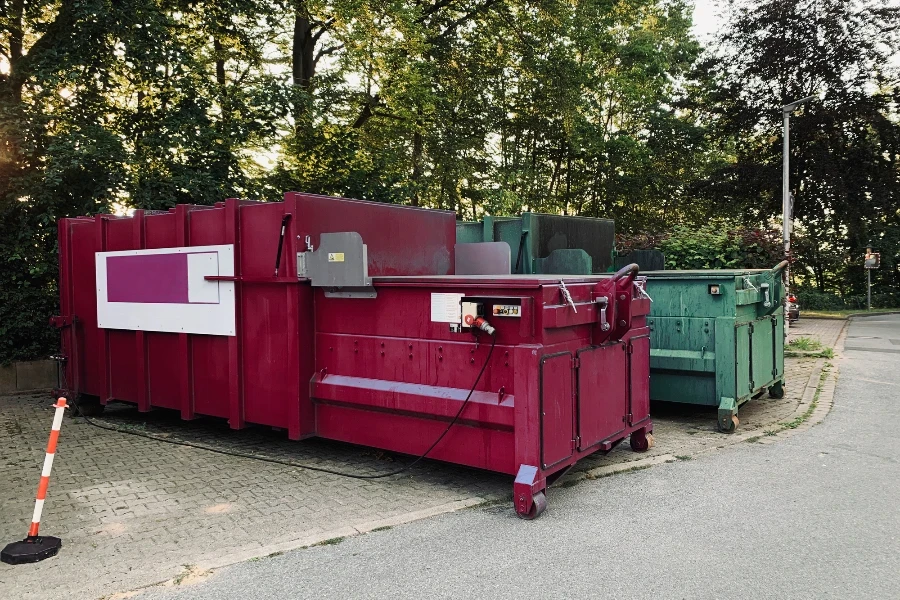
Garbage compactors play a significant role in environmental conservation. By compacting waste, they reduce the need for landfill space, a critical concern given the increasing amount of waste generated globally. Less landfill space means a lower risk of soil and water contamination, contributing to a healthier ecosystem.
Furthermore, compacted waste is easier to manage and transport, leading to reduced carbon emissions from garbage collection vehicles. This efficiency not only lowers operational costs but also supports efforts to combat climate change.
The potential for increased recycling rates is another environmental benefit of garbage compactors. Compacted materials can be sorted and processed more effectively, encouraging recycling and reducing the reliance on raw materials. This circular approach to waste management underscores the importance of garbage compactors in achieving sustainability goals.
Conclusion:
Garbage compactors are more than just machinery; they are a critical component in our ongoing efforts to manage waste responsibly and sustainably. By understanding how they work, their benefits, and how to maintain them, we can make informed decisions that contribute to a cleaner, healthier environment. Whether for residential, commercial, or industrial use, a garbage compactor offers a practical solution to modern waste management challenges, underscoring our commitment to environmental stewardship.



